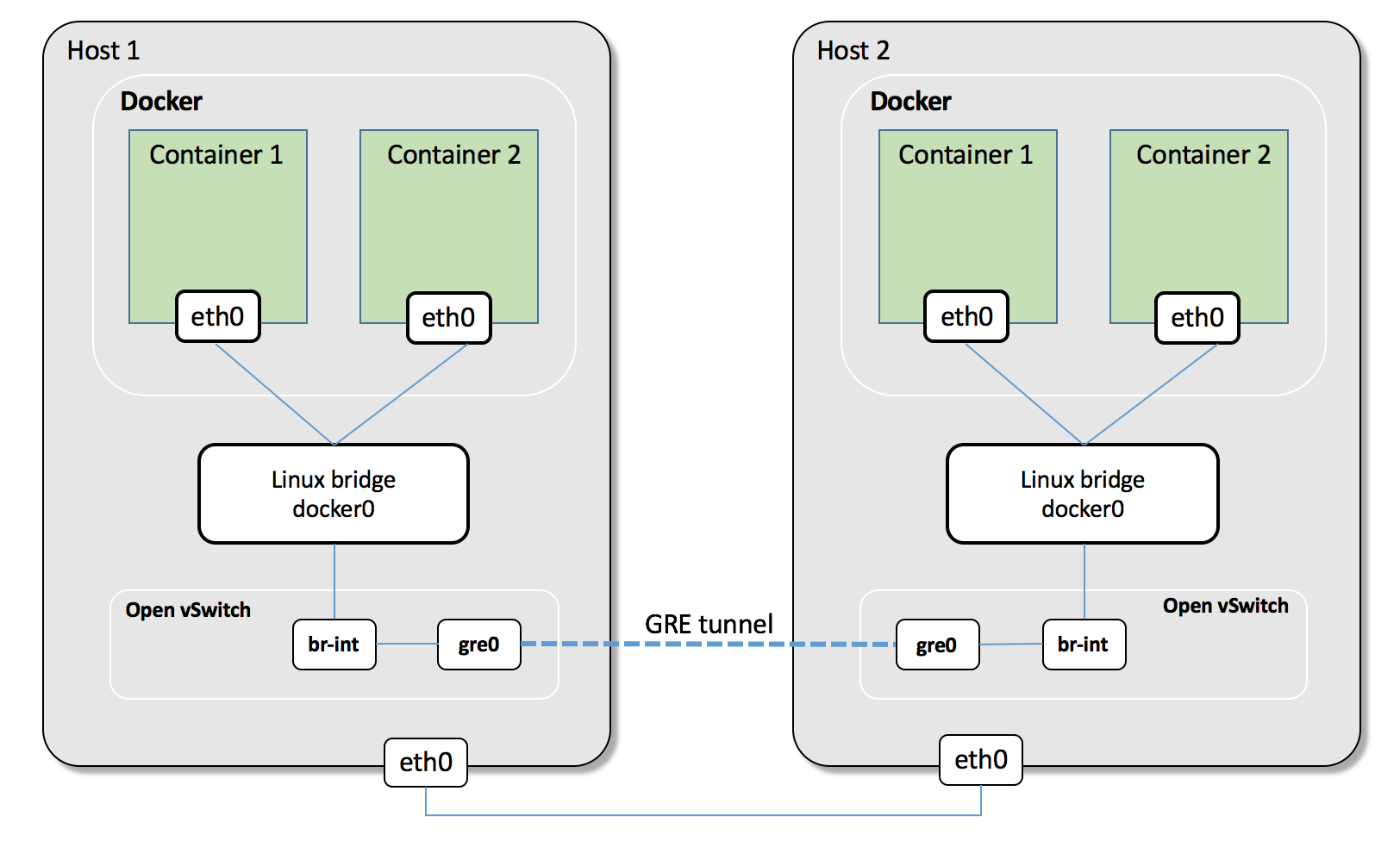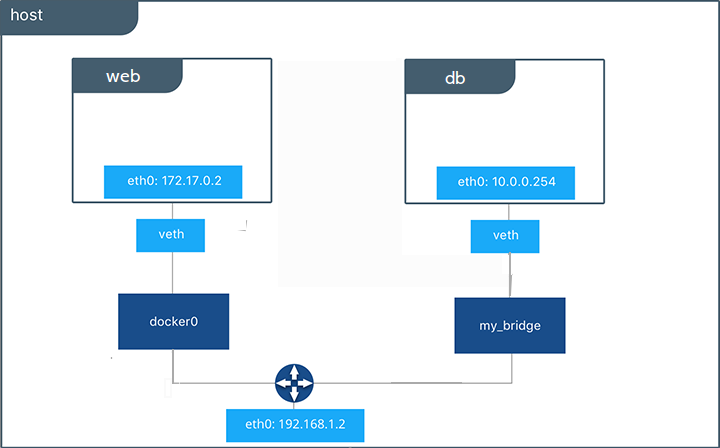

It also shows IPs of service tasks, and the IPs of the nodes where the tasks are running.


"LogPath": "/var/lib/docker/containers/dd6c3f3f533dcd0df76e4b729aca3565bc2b0f1c1bfb09143a5445a138af9179/dd6c3f3f533dcd0df76e4b729aca3565bc2b0f1c1bfb09143a5445a138af9179-json. docker network inspect -verbose for swarm mode overlay networks shows service-specific details such as the services VIP and port mappings. The following JSON objects are real outputs from docker inspect commands to provide some indication of what to expect in the output variable. Assuming that your subsequent Docker Run step needs to be connected to that network, you would select the network type Custom Network and then for the network name use the name of the network generated from the previous step that is now stored in its inspection output variable # Common examples Creating a Network then adding a containerĪ typical project may involve one step that first creates a network, and then creates a container that is attached to that network. This makes accessing information about your container from subsequent steps trivial. Loridev_uspsdb_1 3.094MiB / 127.9GiB 0.Variables that are a JSON object can now be parsed natively and sub properties within the document can now be used for general variable substitution. You can also run stats for a specific containerĭocker stats -format "table "Īndreadev_uspsdb_1 3.277MiB / 127.9GiB 0.00% Note on later versions of docker (tested on 17.12), by default this command will contain the container name rather than the id. Shows running statistics about docker containers. Note that if a container is paused, it must be unpaused (not started). Pauses / unpauses the processes within one or more containers. Inspect changes to files or directories on a containers filesystem. Figure F Any other container you create on this network would be able to. Docker inspect format its output as a table. If you now run the command docker network inspect isolated, you’ll see that the container has been attached (Figure F).

#DOCKER INSPECT FORMAT NETWORKS HOW TO#
In this quick tutorial well see how to inspect the filesystem of a Docker container to help us address such situations. Note we DO NOT recommend you connect directly to a redesign docker container except as recommended by SSDT staff. How to use format option of docker inspect to get its output as a table. You can filter for different information - see examplesĬonnect to a running docker container. Inspect an image - needs fully qualified name You can pipe it through grep to get specific information Options: -f, -force Force the removal of a running container (uses SIGKILL) -l, -link Remove the specified link -v, -volumes Remove anonymous volumes associated with the container Options: -t, -time int Seconds to wait for stop before killing it (default 10) If you have a user defined network as opposed to the default network, simply grepping on docker inspect is a quick way to parse. List running containers (-a will list all existing containers) Options include filter, format, since, and until. Note : docker inspect returns a detailed information on the resource you specified in JSON format. This gets real time docker events from the server. List information about the docker version and the API version, etc.


 0 kommentar(er)
0 kommentar(er)
